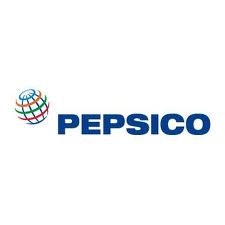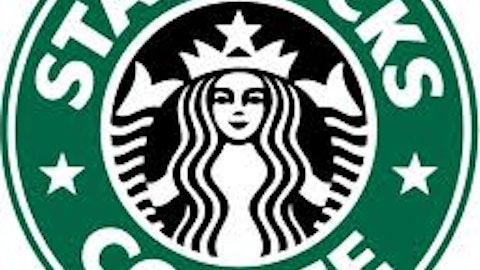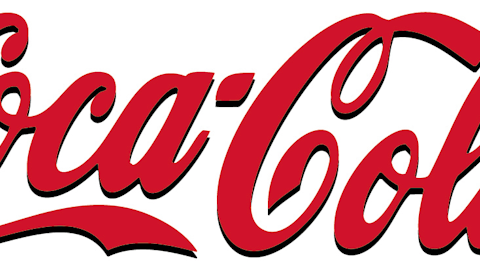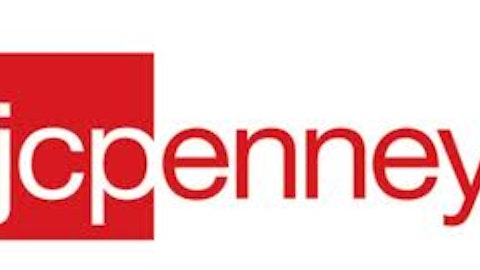The 47-year old phenomenon called PepsiCo, Inc. (NYSE:PEP) under the stewardship of its Chief Executive Officer of six years has continued to reward its shareholders with consistent financial and operational performance translating into persistent dividends.
The year 2012 saw the beverage veteran generate a staggering $65 billion in revenue representing an impressive 5% organic growth. It recorded a 15% core operating margin along with a 15% core net return on invested capital. Over the past 10 years, the company has delivered a steady growth in EPS and dividends per share at a CAGR of 9% and 14%, respectively.
The consistent performer
The continued performance of the company evidences its commitment to outperform the challenges posed by the fast changing dynamics of the markets. The company has been quick to frame its strategy to address the demands of the changing markets.
The recent surge in demand in the developing and emerging markets has seen the company heavily invest in growth opportunities in those markets. The rising awareness amongst the general public about the hazardous effects of soft drinks and other similarly placed products has prompted the company into diversifying its product base in order to cater to the changing tastes and preferences of its targeted customer base.
As of 2012, the company’s major revenue streams comprise of Snacks and Beverages. While Snacks account for about 51% of the company’s total revenue, 49% of the revenues are contributed by the beverage business. It is also noteworthy that the company’s two product groups mentioned above are complimentary of each other which means that the sale of an item from either product group drives the sale of an item from the other product group as consumers prefer to buy snacks and beverages together.
The company is well equipped to catapult itself ahead of its competitors with a portfolio of 22 brands contributing over $1 billion each to its revenues and 40 others with a contribution to revenue of up to $1 billion each.
Industry: Threats and advantages
Unfazed by the worldwide economic downturn, the global market for beverages is contemplated to grow at a compounded annual growth rate of 4.6% between 2012 and 2017 and is expected to reach a remarkable $1.3 trillion by 2017. The shift in consumers’ preferences causing a rise in demand for variety has resulted in the industry to come up with a series of innovative products to make the most of the opportunity.
The beverage industry is highly customer centric making it an extremely competitive arena and demands all the players to be on their toes at all times in order to deliver quality products.
At the same time the soft-drinks market provides tremendous opportunity for growth particularly in the developing economies. The prime drivers of demand in these markets are characterized by rising population, higher disposable income and greater urbanization.
Furthermore, it is worth noting that with widening markets come widening scales of operation which certainly project a favorable position for all the players in the soft drinks field.
In view of the above, PepsiCo, Inc. (NYSE:PEP)’s strategy focusing on the emerging markets give it a competitive advantage on the global scene.
Competitive landscape
PepsiCo, Inc. (NYSE:PEP) finds its major competitor in The Coca-Cola Company (NYSE:KO).
The Coca-Cola Company (NYSE:KO) has been in existence since 1919 (year of incorporation). The company has, since, developed a wide portfolio of products with operations spanning across 200 countries. Over the years the company has managed to develop the world’s largest distribution system comprising of bottling partners, distributors, wholesalers as well as company controlled bottling operations.





